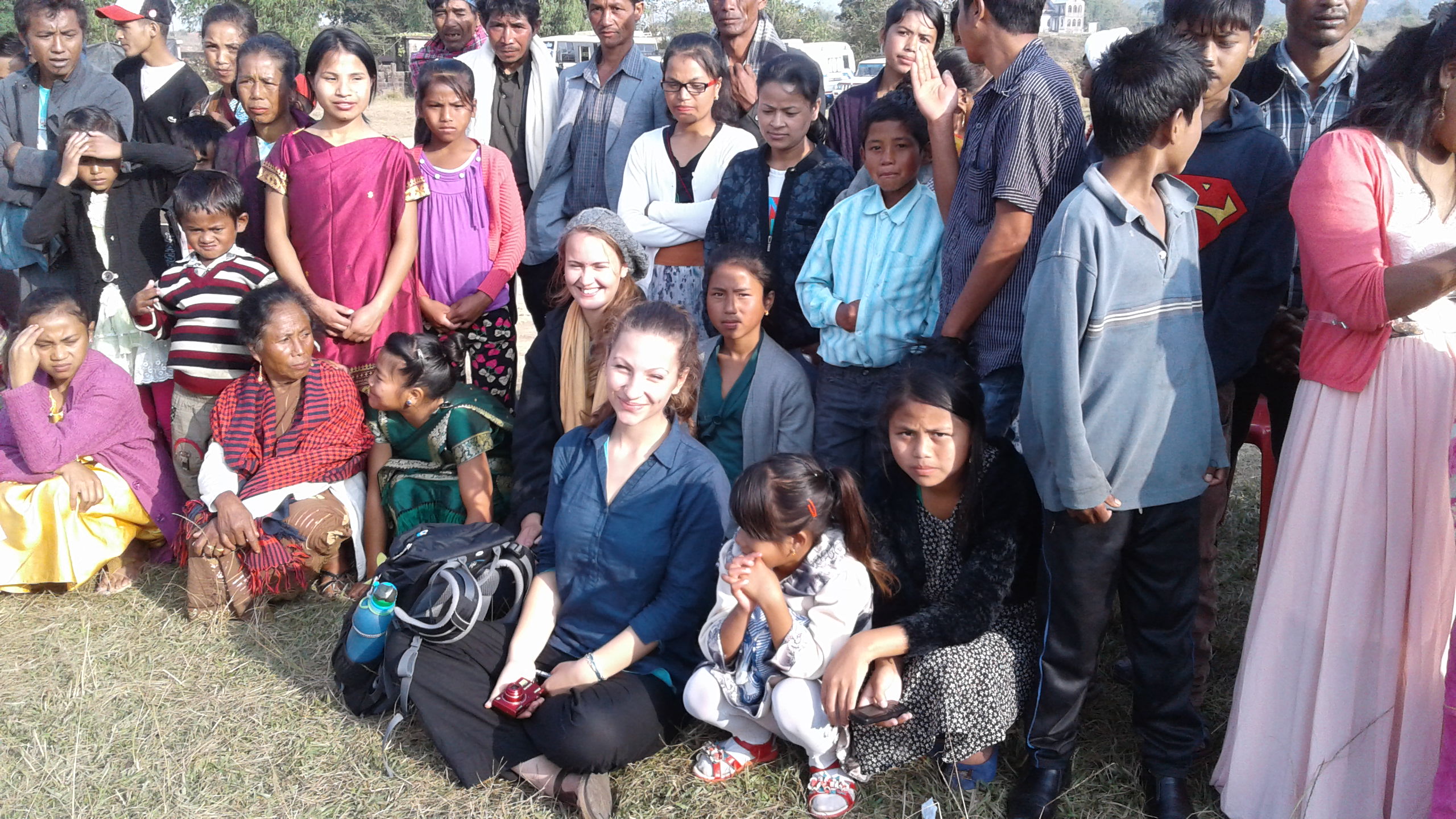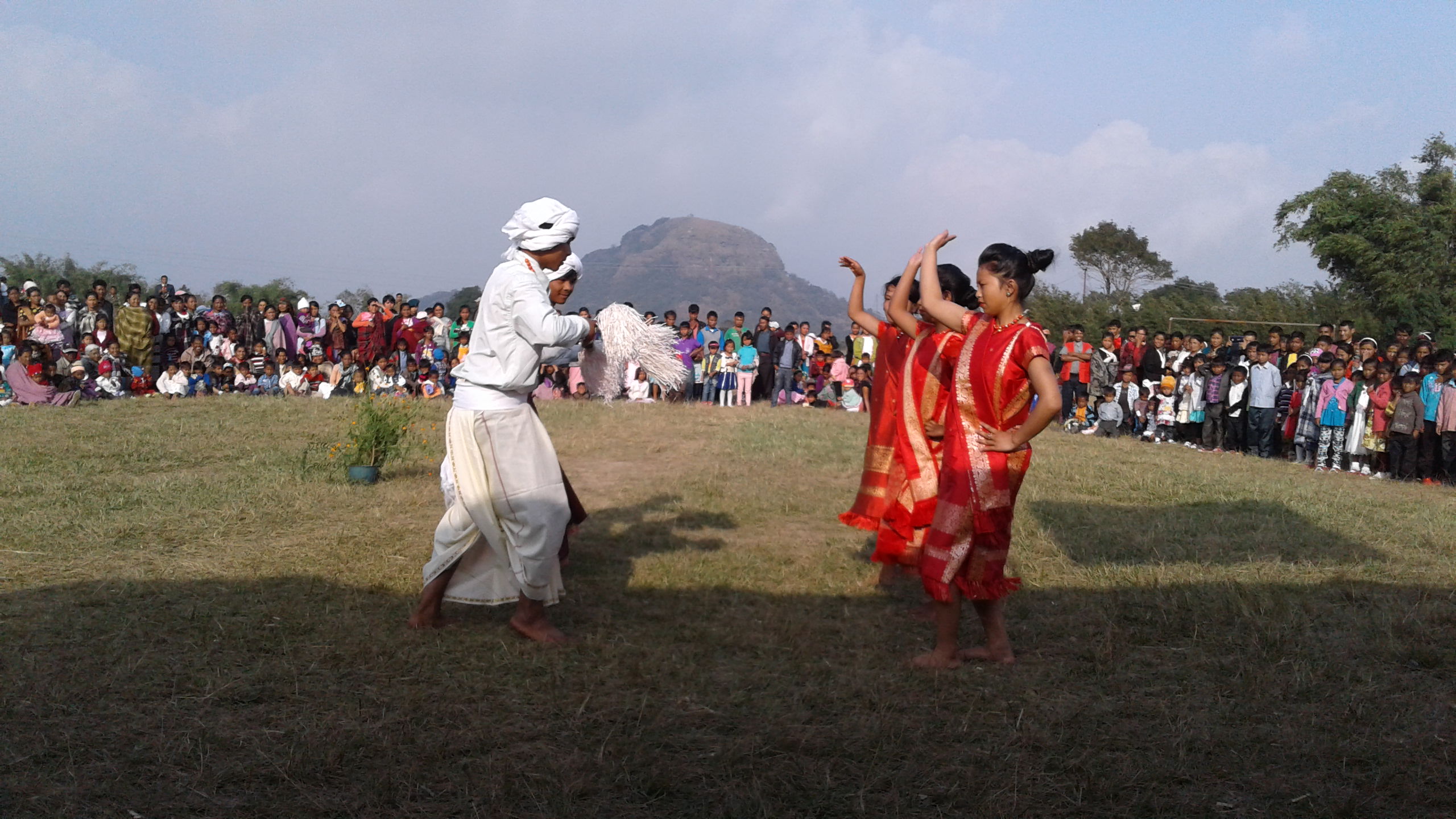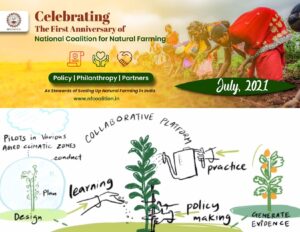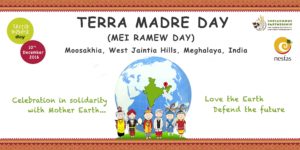
Indigenous Terra Madre 2015 on the fourth day shifted venue to the nine visiting villages who represent the 41 host villages of Meghalaya and Nagaland. These are within driving distance from Shillong to allow the visitors to go and come the same day and be ready for the finale at the Mei-Ramew food festival atMawphlang. The villages created a treat of food, culture and landscape experiences for the delegates. The associates of NESFAS have worked over the last two years to prepare and work with the villagers for this gathering.
Story-telling, which threads the sessions of the ITM 2015, continued livein these scenic locales for the villagers to share and celebrate food, farming, cultural narratives. The villages shared various dynamics of indigenous habitats between man, nature, agrobiodiversity, forests and more. The delegates will be broken up into groups to explore these relationships. The villages were – Nongtraw, Dewlieh, Laitsohpliah, Pyrda, Nongwah, Khweng, Mawhiang, Dombbah and Moosakhia.
If a journey of a thousand miles begins with a single step, then the journey to the heart of Nongtraw begins with 2500 steps. This is how the delegates embarked on their visit to this picturesque village tucked in the misty green mountains of East Khasi Hills. They had barely begun the decent when they were greeted by drummers and offered cups made of bamboo filled with a delicious local blackberry juice. The beat of the drum marked their pace as they walked down the stone and concrete stairway built by the residents of Nongtraw, which snaked its way down the hills to the community of 40 or so households. All the while children were racing down the steep steps without a missing a beat while we carefully plodded along, carefully watching each footfall. The paths and walkways were swept clean and trash baskets lined the path. Most houses there are framed by beautiful ornamental and kitchen gardens. After receiving an official welcome from the headman, and being treated to a song by the youth of the village, the delegates divided to visit one of three sites: the millet jhum fields, the beehives or the school garden. The school presented to the delegates the garden they planted to supplement their midday meals. After the garden, the students took the delegates on a plant walk around the village, where they rattled off names of plants in Khasi, plucking fruits or leaves, which they encouraged the delegates to try. The delegates were also shown a seasonal calendar that these same students had made on the fruits and vegetables growing in the village. It was a vibrant and busy map of the wild and cultivated bounty that they enjoy. After sharing in some of this delicious bounty for lunch with the villagers, the delegates began their long walk up to the road.
A pattern of these activities which have been planned with the villages was experienced by the delegates in each village but in their own local flavor. The road to the villages had a few moments of adventure for some of the guests with a few hitches but all were safe. For the visitors to Khweng it was a discovery of one of the few remaining weaving village to see the Eri silk weavers’ quarters. A delegate who went to Khweng was touched how the entire village had come out to welcome them with songs, led by their village headman. “An assorted menu of activities, feast and field trip blew my mind. The enthusiasm was so high that a few of the international guests joined in the song and dance” was her statement.
In Dewlieh set in the East Khasi Hills, the Rangbahshnong, the village headman welcomed the guests and ushered them along with the community down to the village to the beat of the traditional drums and the sharing of folklore. This was followed by a walk through the fields in different groups to share the stories of agro biodiversity, school gardensand reserve forests. Tribal daces and showcase of archery were interspersed between the walks. The school gardens became the continuation of discussion at the ITM Conference sessions as an Ethiopian Slow food member said he remembered it and now understood it better. He also shared the thoughts on certain typology of plats that are deep-rooted and prevent soil erosion.The delegates were then invited to plant a “memory” in the garden by which they would be remembered for the time to come. Law Adong,as thecommunity refers to the reserved forests was introduced to delegates, this means a controlled forest where the resources are touched only if necessity arises like for herbs and construction material. The community respects this as they have been taught over generations that these forests become catchment areas for water and also nourishes biodiversity in flora and fauna.The delegates were impressed with this system and thought fullness as one delegate also said, “ Your forefathers were very wise.” The community honoured the visiting delegates with small minatures of baskets and jars hand made from their local materials as memoirs of their visit.The delegates who have travelled from different parts of the world and have been involved with shifting cultivation shared their knowledge of cultivation with the local farmers. The delegates were delighted seeing similar crops and methods of cultivation (right from sowing to harvest). The local farmers also shared the seeds with the delegates. Thesefield visits ended with the Bamkhana- the community feast with cultural performances where the delegates joined into sing and dance with their hosts.
The rice-growing community of Mawhiang, in West Khasi Hills welcomed the guests with beating drums and ‘kwai’, beetle nut and leaf. Following a welcome speech, songs and traditional dance performances by the children and youth of Mawhiang, interaction over cups of tea and indigenous snacks like bolded tapioca, sweet potato, yam and a variety of rice cakes the visitors broke into four groups. A similar program to the other villages of school gardens and reserved forests gave views to the agroecology. The visitors to the School Garden were particularly impressed with the seasonal calendar made by the children which depicted the various vegetables that grew in different seasons. They also took the time to enlighten the guests about the plants they grew there. Dr. MridulaBanerji expressed her excitement on having the opportunity to sow some mustard seeds with the children. This was followed by a scrumptious meal of traditional dishes served with local wild edibles. A little more singing and dancing followed by a basket weaving demonstration and it was time for the guests to leave. But not before a friendly football match between the visitors and the children of the community. Meanwhile the community and the guests expressed their gratitude to each other. Goodbyes were said and the visitors were giving a parting gift of fresh ‘sohphlang’.
The other villages offered a similar experience yet each had a unique flavor in their stories and expressions. But all united in their indigenous origins and ties to the land…the ties to time.


